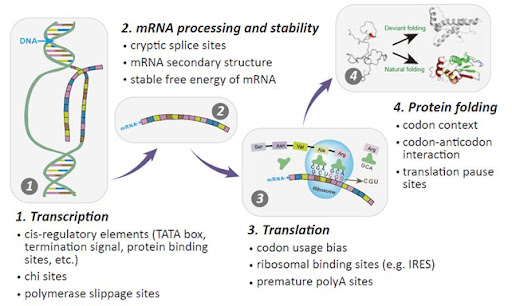Let's suppose you have one or more great gene candidates. Now you have completed all in vitro studies. You need to validate the results in vivo. You will find thousands data of amazing results Adenoviral Associated Vectors. You may have the question "What serotype do you need for my project?”. The bibliography will give you a clear answer.
There is a
good chance to select the right serotype for your cells. Different labs may use
different types depending on the targeting issue. However, they can also use different
types based on the cell. On the other hand, lentiviral vectors, or LVs,
are VSV-G pseudo typed, it allows them to transduce any cell from any species.
AAVs cannot
integrate the target cells' genomes are remain within the cells. LVs, on the
other hand, are integrative and can provide stable expression. AAVs are smaller than LVs and have a greater spread rate
within specific tissues. This advantage
comes with a drawback. Lentiviral vectors can contain a 10kb insert, while an
expression cassette can only hold 4,5 kb.
You can use Both
LVs and AAVs to transfer genes. They can induce gene expression in quiescent
and dividing cells. And usually don't trigger an immune response. To avoid an inflammatory response (3), and to maintain the
original cell phenotypes. It is important to ensure the purity of any vector used
is maintained.
The lentiviral
vector, is your best friend. If you want
to target a specific cell population without affecting others in the same
tissue. A specific promoter is a smart choice. You can use Lentiviruses Manufacturing to validate
your strategy in vitro. AAVs can't modify
cell cultures and adding a promoter. If you want to your construct could result
in a cassette, it is too large for an AAV (limit of 4.5kb). Click here for more information about promoters.
If you are
looking for a system that is as efficient as the LVs. But with no integrative
properties, then you could also consider no integrative. You can use no integrative articles
such as LentiFlash(TM), RNAs delivered directly to the cells. This is a smart choice for transient
modifications of cells or genome editing in-vivo.
Are you
still unsure which delivery tool to use? This
flow chart will help you choose the best delivery tool for your experiments.
References:
Herzog RW. Cell Immunol. 2017 May
29. PII: S0008-8749(17)30080-1. DOI: 10.1016/j.cellimm.2017.05.006.
Srivastava
A. CurrOpinVirol. 2016
Dec;21:75-80. DOI:
10.1016/j.coviro.2016.08.003.



